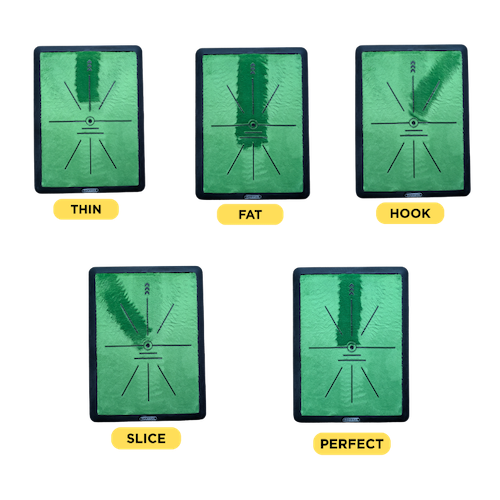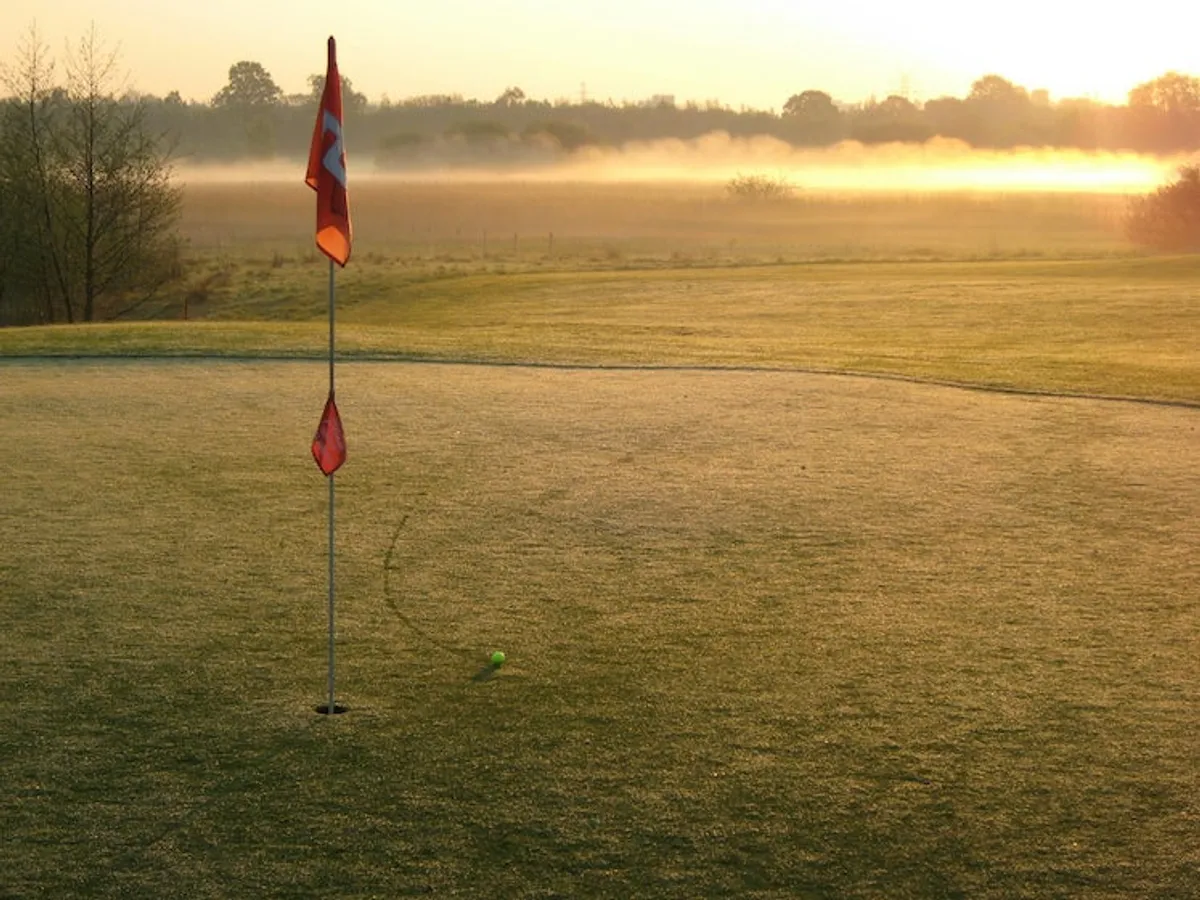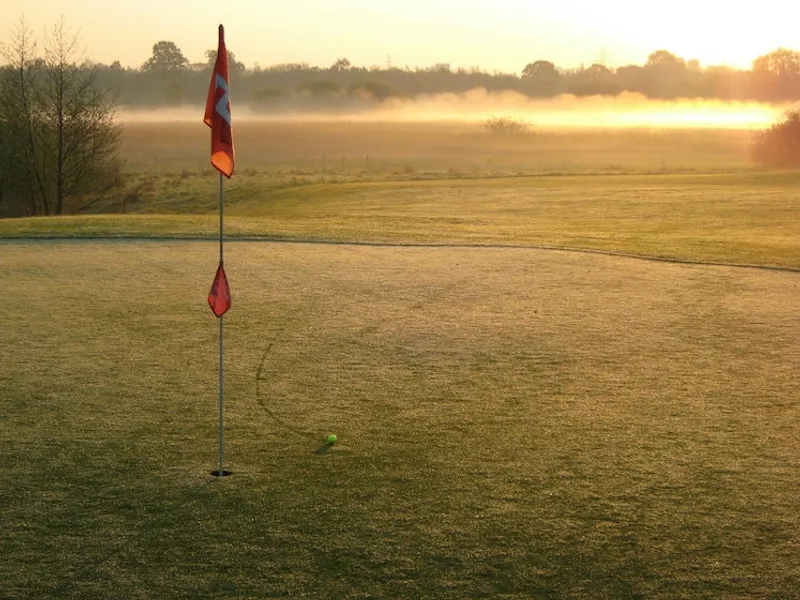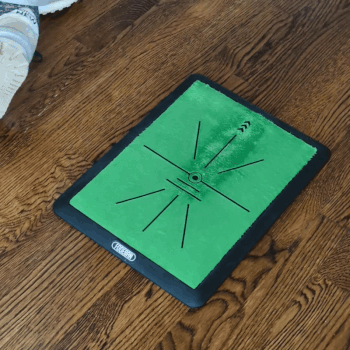The takeaway marks the very first movement in your golf swing, beginning the instant you pull the club away from the ball. This initial motion goes beyond simply moving backward; it is the moment when your body and the club synchronize, setting the stage for a fluid swing. By establishing a smooth plane and proper club path right from the start, you create a natural flow that supports every subsequent component of your swing. Even a minor adjustment during these first moments can dramatically shape your balance and precision going forward.
A proper takeaway blends control and rhythm, allowing your body to transition seamlessly into the backswing. This focused start lays the groundwork for a confident, well-structured swing that resonates throughout your game. When the fundamentals of your takeaway are sound, the rest of your swing can build power and accuracy more consistently.
Establishing Technique Essentials
Body Positioning
Positioning your body correctly as you initiate the takeaway is crucial. For right-handed golfers, letting the left shoulder rotate smoothly under the chin helps engage the core muscles that drive a fluid turn. Keeping the left arm extended yet relaxed encourages the club to move away from the ball in a steady manner until hip height. This sequence creates a stable base, priming your swing for the rotational and transitional movements that follow.
Club Alignment and Checkpoints
While your body sets the foundation, club alignment is equally vital during the takeaway. As you begin to move the club back, aim the butt end toward your target to ensure you are guiding it on the right path. From a down-the-line view, the club’s sole should roughly match the angle of your spine. These visual markers act as immediate feedback, helping you verify that the club is tracking correctly during the initial stages of the swing.
How to Fix Swing Flaws From Home Without a Coach or Expensive Gadgets
Struggling with thins, fats, slices—or just can’t tell what’s going wrong?
This swing mat shows you exactly how your club strikes the ball, giving instant visual feedback after every shot. With just a few swings, you’ll start spotting mistakes in your swing path that are otherwise invisible.

It’s a quick, low-hassle way to connect what you feel in your body with what’s really happening at impact.
Use it indoors or out, no ball required—just swing and learn. It’s one of the fastest ways to improve your swing right from home.
Consistency Across Different Clubs
Although clubs vary in length, loft, and feel, the underlying principles of a proper takeaway remain the same. A driver may be longer, and a wedge may feel lighter, but the essential movement—smooth shoulder rotation, steady lead arm extension, and aligned club angle—should remain consistent. Experimenting with different clubs can reveal small timing or alignment nuances, yet true continuity emerges when you focus on the core mechanics that carry over from one club to the next.
Troubleshooting Common Takeaway Faults
Improper Arm Positioning
One of the most common issues arises when the arms lose their natural alignment early in the swing. If the lead arm bends prematurely or the trail arm becomes too stiff, the overall rhythm can suffer. Checking a mirror or video recording can highlight whether the arms stay gently extended and connected to the body through the early stages of the takeaway. Targeting fluid arm motion at this point paves the way for a more balanced swing arc.
Delayed or Premature Wrist Hinge
The wrist hinge plays an important role in storing and releasing energy throughout the swing. If you hinge too late, you may feel rushed to complete the backswing, while hinging too early can rob you of power. Observing a slow-motion video of your swing can pinpoint precisely when your wrists begin to set. Adjusting the timing helps maintain an unhurried build-up of energy, leading to a more powerful downswing and smoother transition overall.
Club Misalignment in the Early Stages
Any misalignment of the club face or shaft can disrupt the intended swing path and throw off your mechanics as the motion progresses. By using a mirror or filming yourself head-on, you can see if the club’s face remains in harmony with your body’s natural tilt. Simple tweaks, such as slightly altering your grip or checking that your shoulders remain square at setup, can ensure the club follows the ideal path from the outset.
Simple Adjustments for a Better Takeaway
Small refinements can yield significant improvements in takeaway consistency. Focusing on a light but deliberate extension of the arms and a naturally timed wrist hinge can bring clarity to your motion. Observing yourself via video or mirror feed allows you to experiment with subtle changes before settling on a technique that feels organic. Over time, these repeated observations will steer you toward a more confident and dependable takeaway.
Technique Variations: Straight vs. Inside
Straight Takeaway
In a straight takeaway, the club moves directly down the target line. This approach fosters a clean, uniform swing path and simplifies the transition into the backswing. As the club tracks back, your shoulders and hips rotate in harmony, reinforcing alignment and a steady rhythm. Many golfers appreciate the predictability a straight path can bring, as it reduces the likelihood of major compensations later in the swing.
Inside (Arcing) Takeaway
An inside or arcing takeaway introduces a gentle bend as the club moves back. This slight inward arc can encourage deeper shoulder rotation and a more dynamic flow. By adopting an arcing motion, you might find that your backswing transitions into the downswing with greater depth and a different angle of approach. This can allow for a powerful release of energy but often requires careful coordination of the arms and body to maintain consistency through impact.
Impact on Swing Path and Club Delivery
A straight takeaway usually promotes a reliable, consistently shallow plane, which helps many players strike the ball with clarity. The inside takeaway tends to yield a more rounded path that can enhance rotational speed but may need extra attention to ensure you hit solid shots. The choice between these styles can directly influence ball flight and shot shape, making it worthwhile to experiment and find the approach that best complements your natural motion.
Drills and Exercises
Controlled Repetitions with a Spare Club
Working with a spare or extra club can help isolate the takeaway without concern for full swing outcomes. Stand as if preparing to hit a shot and focus solely on moving the club back to around hip height. Keep the movement slow, noting whether your left shoulder is rotating smoothly and your arms remain relaxed. Repeating this routine with steady concentration reinforces the correct positions your body should adopt at the start.
Mirror Observation Drill
Setting up a mirror at waist height or slightly higher makes it easy to watch your takeaway in real time. Position yourself so that you can see your upper body from a face-on or down-the-line perspective. Perform the takeaway slowly and pause every time the club reaches hip level to confirm that your arm extension and club alignment appear stable. This incremental approach helps highlight any flaws and allows you to correct them before moving on.
Rotational Awareness Exercise
Developing a feel for your torso’s rotation can strengthen your takeaway. Stand in your address posture and rotate gently to hip height, holding the position for a few seconds to notice how your shoulders and hips are turning together. This pause fosters better awareness of which muscles engage during the initial portion of the swing. Over time, stepping into this exercise more frequently can help you synchronize your upper body and arms seamlessly.
Alignment Check Using Visual Markers
Placing a tee or spare club on the ground ahead of you can serve as a simple alignment guide. As you initiate your takeaway, glance down to ensure the butt end of the club points toward this marker. If the club drifts noticeably inside or outside, return to address and try again more deliberately. Repetitive practice with a visible checkpoint helps groove a consistent direction from the moment your swing begins.
Conclusion
A solid takeaway starts with a synchronized relationship between your body and the club, emphasizing relaxed arm extension, smooth shoulder rotation, and clear alignment. Carrying these fundamentals into each swing—regardless of the club—forms a dependable foundation that keeps you on track for the rest of your motion.
Early faults like misaligned arms, rushed wrist hinging, and shifting swing paths can be corrected through simple but purposeful adjustments. By taking advantage of mirrors, video feedback, and targeted drills, you can refine your initial move and build stronger habits. Whether you favor a straight or an inside path, the key is a consistent, focused takeaway that nurtures a powerful turn and steadies your overall swing performance.






